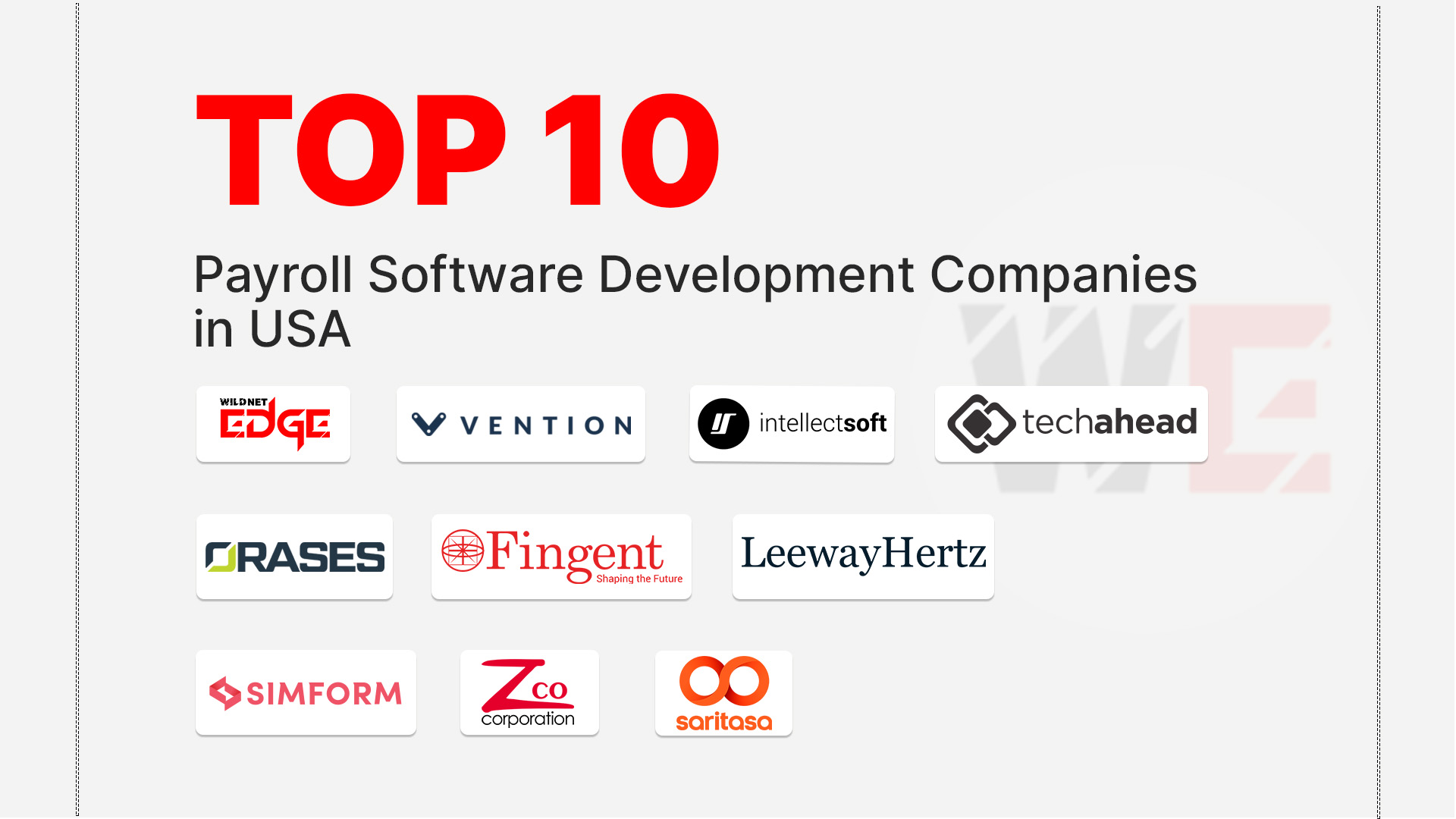Are you grappling with payments gateway integration? It can be complex and overwhelming, especially in today’s fast-paced digital world. You need a seamless way to process transactions to ensure a positive user experience and maintain business viability. Have you considered how integration architecture impacts performance? The right architecture not only facilitates effective payment processing but also enhances security and scalability. In this article, we’ll guide you through the architecture best practices for payments gateway integration. You’ll uncover essential insights and strategies to optimize your payment systems, making transactions smoother for both you and your customers.
Understanding Payments Gateway Integration Architecture
To successfully implement payments gateway integration, it is critical to understand its architecture. This architecture dictates how different components communicate, manage data, and perform transactions securely.
Key Components of Payments Gateway Integration
A well-thought-out payments gateway integration architecture comprises several key components:
- Payment Gateway: This is the service that authorizes payment transactions between a customer and the merchant. It encrypts sensitive payment information and securely transmits it to the payment processor.
- Payment Processor: The backend service that manages the transaction on behalf of the merchant. It connects to the issuing bank to facilitate approval or declination of the transaction.
- Merchant Account: This is a type of bank account that allows businesses to accept payments in multiple ways, typically credit and debit cards.
- User Interface: The customer-facing part of the application, which should be intuitive and straightforward, making it easier for users to navigate payment options.
- APIs: Application Programming Interfaces are necessary tools that enable the integration of various components and ensure seamless communication between the payment gateway and your application.
These components work in unison to ensure secure data transfer and smooth transaction processing. Ignoring even one aspect can introduce vulnerabilities or inefficiencies that impact the overall system.
Role of Payment Processors in Integration
Payment processors play a crucial role in the payments gateway integration architecture. They act as the middleman in the transaction process, handling sensitive payment information and facilitating communication between the merchant and the customer’s bank. Their operations involve several steps:
- Transaction Authorization: Upon receiving transaction data from the payment gateway, the payment processor forwards that information to the bank.
- Settlement: After the authorization, the processor helps in settling funds, making sure that the merchant receives payment in a timely manner.
- Fraud Detection: Many payment processors come equipped with advanced security measures and fraud detection systems to ensure that attempts at fraudulent transactions are detected and blocked.
- Reporting: They also provide reporting tools that help businesses track sales and manage their financial reporting.
Selecting the right payment processor is vital to the success of payments gateway integration, as it directly affects transaction speed, reliability, and security.
Best Practices for Payments Gateway Integration Architecture
When integrating a payments gateway, there are several best practices businesses should follow to maximize the efficiency and security of their payment systems.
Design Considerations for Scalability
One of the most critical aspects to consider during payments gateway integration is scalability. As your business grows, your payment processing needs will likely increase. Here are key tips for designing your integration for scalability:
- Cloud Solutions: Consider using cloud-based payment gateways, which allow for easy scaling regarding transaction volume without the need for significant infrastructure investments.
- Microservices Architecture: This approach allows different components of the payment system to operate independently, making it easier to update, scale, or replace individual parts without affecting the entire system.
- Load Testing: Before going live, conduct extensive load testing to identify how the system performs under heavy transaction loads. This way, you can refine and ensure performance standards are maintained even during peak times.
By planning for growth, you can avoid potential bottlenecks and provide a better experience for your users.
Ensuring Security in Payments Gateway Integration
Security is paramount in payments gateway integration, given the sensitive nature of financial data. Here are key practices to ensure your system remains secure:
- PCI Compliance: Ensure that your integration adheres to the Payment Card Industry Data Security Standard (PCI DSS). This set of security standards was developed to keep card information secure and involves various guidelines concerning data processing.
- End-to-End Encryption: Utilize end-to-end encryption protocols to safeguard user data as it travels from the customer to the payment processor.
- Tokenization: This technique replaces sensitive card information with a unique identifier (token). Even if a transaction is intercepted, the token alone holds no value to fraudsters.
- Regular Security Audits: Conduct periodic security audits to identify vulnerabilities within your payment system. Keeping your systems up to date with the latest security patches is vital.
Implementing these security measures not only protects your customers but also builds trust in your business.
Payments Gateway Integration Reference Architecture
Developing a solid payments gateway integration reference architecture can improve consistency and reliability across various payment processes in your organization.
Common Frameworks for Integration Reference Architecture
A reference architecture provides standardized guidelines for integrating payment gateways. Some common frameworks include:
- SOA (Service-Oriented Architecture): This architecture allows for the development of loosely-coupled services that communicate through well-defined interfaces. SOA is particularly useful for large organizations with complex systems.
- RESTful APIs: Representational State Transfer (REST) is a popular framework for building scalable and flexible APIs that allow different applications to communicate efficiently. This approach is especially beneficial for mobile and web applications.
- Event-Driven Architecture: This system relies on events triggered by user actions or external systems. It allows for real-time processing and can improve user experience significantly by offering immediate feedback during transactions.
Choosing the right architecture that fits your organizational needs enhances performance and encourages a smoother integration process.
Key Patterns in Reference Architecture
Here are some common patterns seen in payments gateway integration reference architecture:
- Centralized Payment Management: This involves having a single gateway manage all payment processes for various channels, be it web, mobile, or point-of-sale systems. It simplifies the management of transactions.
- Decoupled Architecture: By decoupling the user interface from backend systems, businesses can make changes to their payment processing without affecting user experience. This flexibility is essential for agile development life cycles.
- Hybrid Payment Solutions: Incorporating both traditional and emerging payment methods offers consumers a broader range of choices. This includes options such as cryptocurrencies, mobile payments, and digital wallets.
Adopting these architectural patterns in your reference architecture can lead to enhanced performance, improved flexibility, and streamlined operations.
Mobile App Development for Payments Gateway Integration
As mobile transactions become increasingly popular, integrating payments gateways into mobile applications must be streamlined and user-friendly.
Optimizing User Experience in Mobile Payments
Creating a seamless user experience in mobile payments is crucial for increasing conversion rates. Here are methods to enhance the user experience:
- Responsive Design: Ensure that payment interfaces are mobile-optimized to fit various screen sizes, making the process accessible to all users.
- One-Click Payment Options: Implement one-click purchasing features for returning customers. This simplifies the transaction process and can significantly reduce cart abandonment rates.
- Guest Checkout: Provide options for guest checkout to encourage users who may not want to create an account to complete their purchase quickly.
- Visual Cues & Feedback: Include visual indicators during the transaction process to show users that their payment is being processed. This minimizes uncertainty and enhances the overall experience.
By focusing on user experience, businesses can significantly improve customer satisfaction and loyalty.
Challenges in Mobile App Payments Gateway Integration
Although mobile payments hold immense potential, integrating payment gateways into mobile applications presents unique challenges:
- Technical Limitations: Integrating multiple payment gateways can lead to performance issues if not managed properly. Developers need to ensure their applications can handle the load requests without lag.
- Security Concerns: Mobile devices can be more susceptible to breaches compared to secure web environments. Developers must prioritize security measures specific to mobile platforms.
- Different Devices & OS Compatibility: Ensuring that the payment gateway works seamlessly across various devices and operating systems can be complex. Thorough testing is crucial before rolling out updates.
Addressing these challenges requires careful planning and execution, ensuring that the app not only functions correctly but is also secure.
Collaborating with a Software Development Company
Working with an experienced software development company can streamline the payments gateway integration process, reducing risks and enhancing effectiveness.
Choosing the Right Software Development Company
When selecting a software development company for your payments gateway integration project, consider the following:
- Expertise in Payment Systems: Look for companies that have demonstrated experience in developing payment processing solutions. A strong portfolio reflects their capability.
- Technical Skill Set: Evaluate the company’s skill set. They should be well-versed in the latest technologies and best practices specific to payment systems.
- Client Reviews and Testimonials: Research customer reviews to assess their satisfaction level. Endorsements from previous clients can provide insights into the company’s reliability and performance.
By carefully selecting a development partner, you can ensure that your integration project is executed smoothly and efficiently.
Benefits of Expert Guidance in Integration
Collaborating with a software development company offers several advantages:
- Tailored Solutions: Experts provide custom solutions that fit your business needs and user requirements, optimizing the payment gateway for specific use cases.
- Time Efficiency: With experienced developers at the helm, your integration project is likely to progress more quickly and effectively, reducing the time to market.
- Ongoing Support: Many companies offer post-integration support, assisting with maintenance, updates, and security enhancements as technologies evolve.
Engaging with a professional company can not only simplify the integration process but also significantly enhance the quality of your payment systems.
Future Trends in Payments Gateway Integration
As technology continues to evolve, payments gateway integration is poised to change, too. Staying ahead of trends will ensure your business remains competitive.
Impact of AI on Payment Systems
Artificial Intelligence (AI) is transforming payments gateway integration in various ways:
- Fraud Detection: AI algorithms can analyze transaction patterns to detect anomalies and flag potentially fraudulent activities more effectively than traditional methods.
- Personalized User Experience: AI can help tailor the payment experience based on user behavior, offering personalized recommendations that streamline the purchasing process.
- Chatbot Assistance: AI-powered chatbots can assist customers with their payment inquiries in real-time, enhancing user experience and providing help when needed.
Adopting AI solutions enables businesses to enhance transaction security while optimizing the overall user experience.
Emerging Technologies and Integration Approaches
Other emerging technologies impacting payments gateway integration include:
- Blockchain Technology: Offering enhanced security and transparency, blockchain can facilitate faster settlements and reduce transaction costs.
- Open Banking: This increasing trend encourages collaboration between banks and third-party providers, leading to a more competitive environment and diverse payment solutions.
- Contactless Payments: The rise of NFC (Near Field Communication) capabilities enables fast and efficient transactions, appealing to a tech-savvy consumer base.
Staying informed about these trends allows businesses to adapt their payment systems accordingly, ensuring they leverage the latest technologies for improved performance.
Conclusion
In summary, payments gateway integration requires a strategic and well-thought-out approach. Understanding the architecture and best practices is crucial for effective implementation. You’ll want to consider key components like the payment processor, security measures, and scalability to ensure your payment systems function optimally. As a leading authority in this domain, Wildnet Edge provides tailored solutions optimized for your business needs. Don’t hesitate to reach out for expert guidance, enhancing your payment systems with innovative strategies designed for the future.
FAQs
Payments gateway integration is the process of connecting a payment processing service with your online transaction system to facilitate secure payments.
Payments gateway integration architecture refers to the layout and design of systems that ensure seamless connectivity, data transfer, and security between payment gateways and applications.
A payments gateway integration reference architecture standardizes practices, improves efficiency, and ensures security and reliability in your payment processes.
A software development company offers expertise, streamlined processes, and best practices, which can enhance the quality and security of your payments gateway integration.
A mobile app development company specializes in creating user-friendly, secure payment solutions, leveraging the latest technologies for optimal mobile transactions.

Nitin Agarwal is a veteran in custom software development. He is fascinated by how software can turn ideas into real-world solutions. With extensive experience designing scalable and efficient systems, he focuses on creating software that delivers tangible results. Nitin enjoys exploring emerging technologies, taking on challenging projects, and mentoring teams to bring ideas to life. He believes that good software is not just about code; it’s about understanding problems and creating value for users. For him, great software combines thoughtful design, clever engineering, and a clear understanding of the problems it’s meant to solve.
 sales@wildnetedge.com
sales@wildnetedge.com +1 (212) 901 8616
+1 (212) 901 8616 +1 (437) 225-7733
+1 (437) 225-7733































